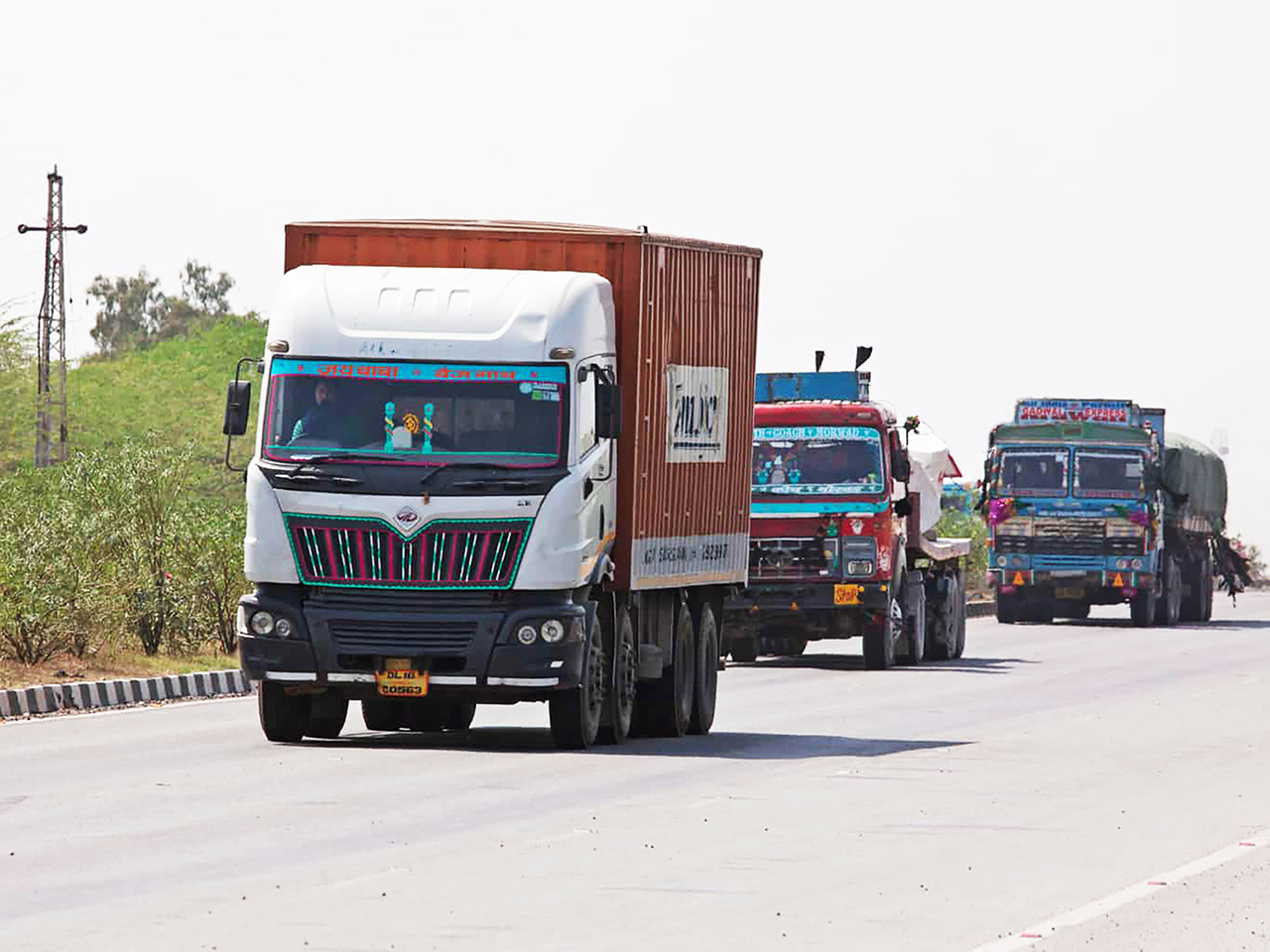The impetus for infrastructural operations and increasing freight rates continue to drive CV demand recovery. The CV cycle is projected to continue its upward trajectory, notes Rajesh Rajgor

The main focus of this year’s budget, as was expected, has been on infrastructure and the government has tried to allocate enough resources towards that. The Union Budget for 2022-23 announced a strong allocation of Rs 7.5 lakh crore (up 35% YoY) as capital expenditure for FY23 and a one-year extension of the commissioning date to take advantage of a 15% tax rate for new manufacturing setups. “Through its multiplier impact, capital investment holds the key to a rapid and sustainable economic resurgence and consolidation,” said Union Finance Minister Nirmala Sitharaman while announcing the increase in capital expenditure allocation.
According to her, capital investment helps to create jobs by increasing demand for manufactured inputs from large businesses and SMEs, professional services and better agricultural infrastructure for farmers. The newly coined term ‘PM Gati Shakti’ is slated to help the infrastructure sector grow even further. PM Gati Shakti is powered by seven engines: roads, railways, airports, ports, mass transportation, waterways and logistics infrastructure, with help from energy transmission, IT communication, bulk water and sewerage, social infrastructure, clean energy and public-private partnerships.
Green Shoots
The impact of these factors was seen in the sales posted by companies for the month of February 2022 and would further boost commercial vehicle (CV) sales in the months to come. On a month-over-month basis, Tata Motors’ CV demand rebound continues with volumes up 11% from February 2021. It sold 10,233 medium and heavy commercial vehicles, 5,599 intermediate and light commercial vehicles, 1,759 passenger carriers and 16,303 small commercial vehicles for freight and pickups. On the other hand, Ashok Leyland’s overall medium and heavy commercial vehicle volume increased year-on-year due to demand from the infrastructure and construction industries.
Its MHCV sales increased by 16% to 8,280 units (trucks and buses) while light commercial vehicle sales in the domestic market fell by 12% to 5,001 units in February 2022 compared to 5,662 units in February 2021. VE Commercial Vehicles Ltd. sold 5,856 units in February 2022 (YTD 48,274 units) compared to 5,457 units in February 2021 (LYTD 34,228), a 7.3% increase (YTD growth 41%). There are 5,745 Eicher units and 111 Volvo units in this batch. Mahindra and Mahindra Ltd. sold 20,166 commercial vehicles in February 2022 with growth of 119%.
All the LCV segments of and less than 2 tonnes, pickups of 2-3.5 tonnes and more than 3.5 tonnes continued their robust growth trajectory in February 2022. This was also true of commercial heavy vehicles. According to Veejay Nakra, Chief Executive Officer (Automotive Division), Mahindra and Mahindra, “Our overall sales of 54,455 vehicles has helped us post growth of 89% in February 2022. All segments showed robust growth including SUVs at 79%, which registered the highest-ever monthly volume. We expect demand to continue to remain strong as the pandemic situation eases further. We continue to closely monitor the semi-conductor-related parts’ supply and take corrective action as appropriate.”